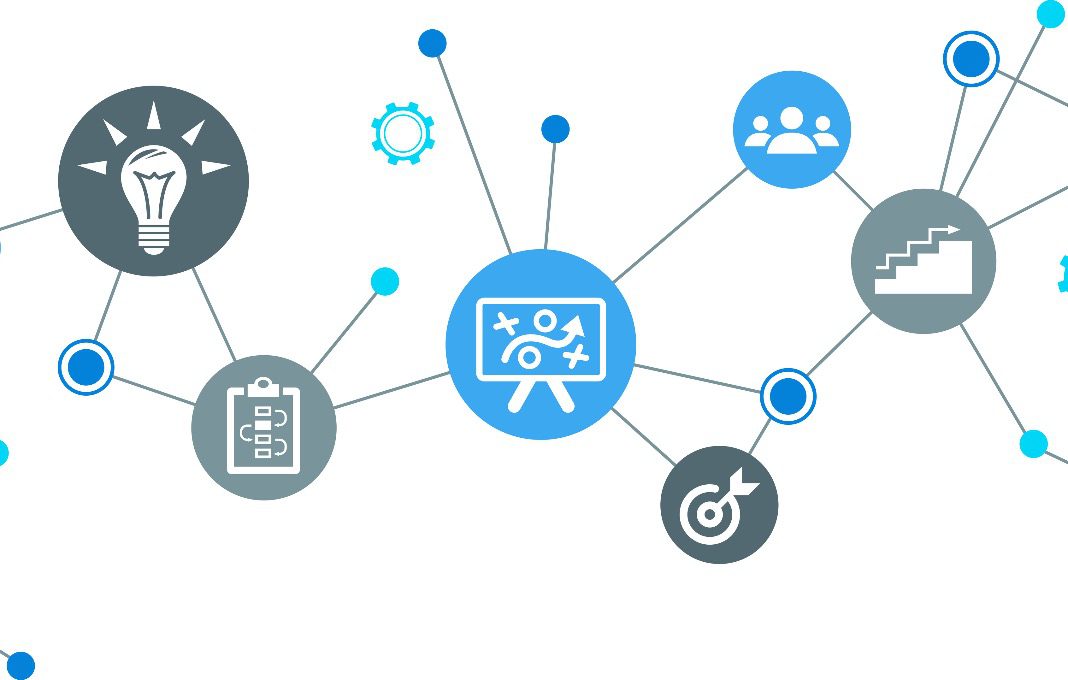
The email has been around for nearly four decades, and it’s not going anywhere anytime soon. Though it’s undergone some significant changes since its inception in the early 1970s, email is still an essential part of our lives, both professionally and personally.
In this article, we’ll look at the history of email and how it’s evolved over the years to become the staple communication tool it is today.
The email was first created in 1971 by Ray Tomlinson, credited with inventing the modern email system. At the time, Tomlinson was working on a project for ARPANET, an early version of the internet.
He wanted to find a way to send messages between users on different computers, so he devised the @ symbol to denote which user was sending a message to another user. This system was quickly adopted by other users of ARPANET and became the standard for how email would be sent from one person to another.
Throughout the 1970s and 1980s, email usage slowly began spreading outside of scientists and academics. More and more people began to see the potential of this new form of communication and started using it for personal use.
What Is The Purpose Of Email In 2023 And Beyond?
The email has come a long way since its humble beginnings in the early 1970s. In the early days, email was used primarily to send text-based messages between individuals. Today, email is used for much more than just sending messages.
It is now a standard tool for businesses and organizations to communicate with customers, clients, and employees. In 2023 and beyond, email will continue to be an essential communication tool for companies and organizations.
First, email is an asynchronous form of communication, which means it can be used to communicate without requiring an immediate response. This is perfect for people who are always on the go and need to share with others without being tied down to a specific location.
Second, email is also a very cost-effective way to communicate. It doesn’t require expensive infrastructure or equipment and can be sent and received anywhere in the world with an internet connection.
Third, email is incredibly versatile. It can be used for both personal and professional purposes, and it can be easily customized to fit any need. Finally, email is one of the most secure forms of communication available. It uses encryption to protect messages from being read by anyone other than the intended recipient, making it perfect for sensitive information.
Here are some of the ways email will be used in the future:
1. Communicating With Customers: Businesses will use email to communicate with customers on various topics, such as order updates, shipping information, and customer service inquiries.
2. Communicating With Employees: Organizations will use email to communicate with employees on various topics, such as company news, policy updates, and training opportunities.
3. Marketing: Businesses will use email to send marketing messages to potential and current customers. Email marketing will continue to be an effective way to reach customers and promote products and services.
4. Collaboration: Email will continue to be used as a tool for collaboration between coworkers. Email makes it easy to share documents and files and is a convenient way to communicate with team members in different parts of the world.
Common Misconceptions About Email
Email is often considered outdated, but it is still a relevant and valuable communication tool. Find out the most common misconceptions about email.
1. Email Is Only For Older People
This is not true. While email may not be the preferred communication method for younger generations, it is still widely used by people of all ages. In fact, according to a Pew Research Center study, 96% of Americans ages 18-29 use email.
2. Email Is Slow
Modern email providers like O-Mail make sending and receiving emails quick and easy. Plus, with the ability to send video emails, O-mail can be faster than any other communication method with the power of AI.
3. Email Is Insecure
While it is true that email can be less secure than some other communication methods, such as encrypted messaging apps, there are ways to increase the security of your email account. For example, you can enable two-factor authentication or use a password manager to create strong passwords for your account.
Conclusion
Email remains a powerful tool for communication in the digital age. It offers users the ability to store and organize messages, share documents quickly and easily, and keep track of conversations, all while providing an extra layer of security that other forms of communication don’t offer.
As email evolves with technology over the years, we can expect it to be more advanced in 2023 and beyond. With its convenience and security, there is no doubt that email will continue to remain relevant as a form of online communication well into the future.
Join the ONPASSIVE ecosystem and register to get the benefits of the free webmail platform O-Mail. For further details, visit www.onpassive.com.
























































![Key Metrics for Social Media Marketing [Infographic] Key Metrics for Social Media Marketing [Infographic]](https://www.socialmediatoday.com/imgproxy/nP1lliSbrTbUmhFV6RdAz9qJZFvsstq3IG6orLUMMls/g:ce/rs:fit:770:435/bG9jYWw6Ly8vZGl2ZWltYWdlL3NvY2lhbF9tZWRpYV9yb2lfaW5vZ3JhcGhpYzIucG5n.webp)















